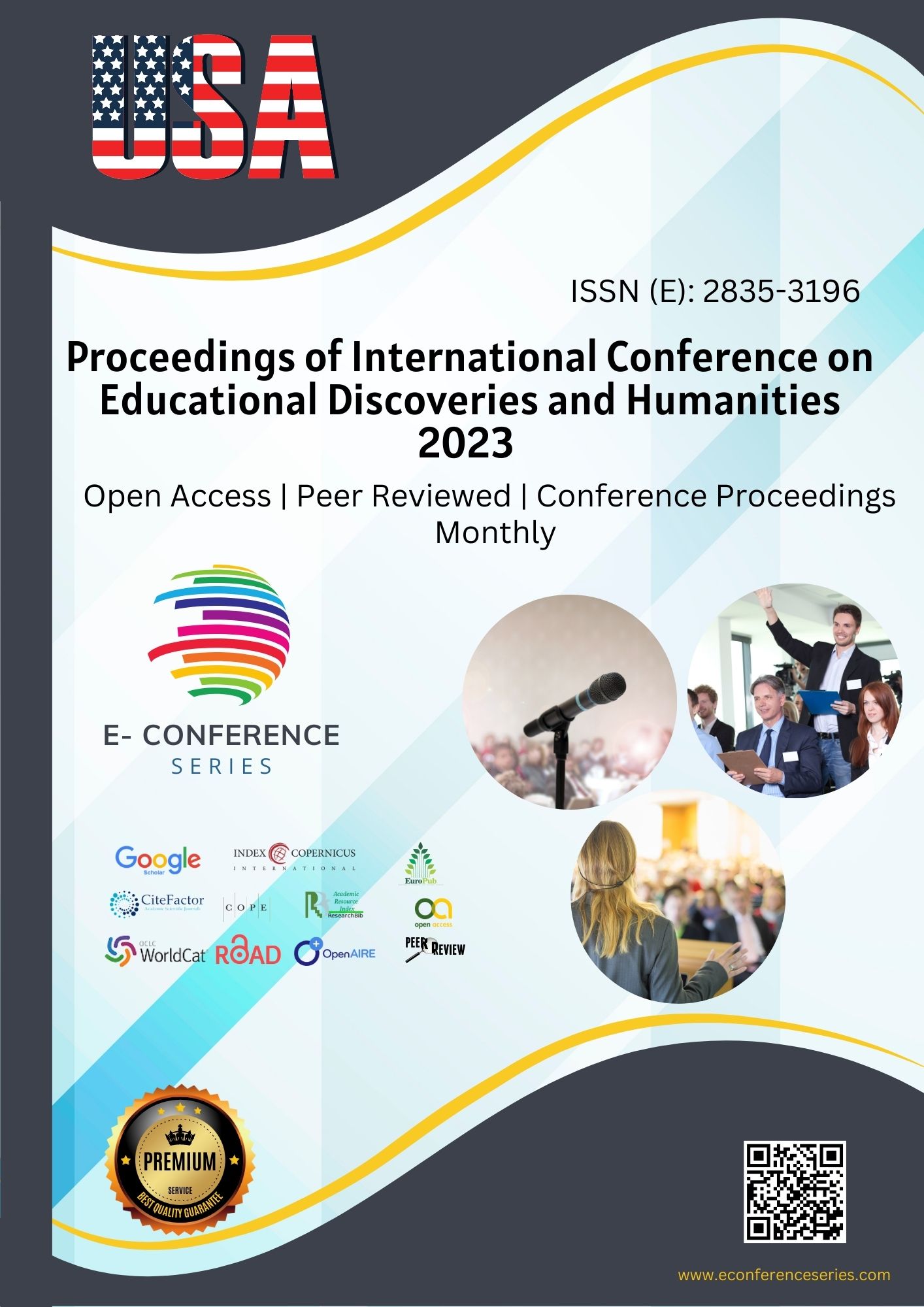PROBLEMS OF TEACHING YOUNG LEARNERS AND PRESCHOOLERS
Keywords:
TEYL, young learner, education, activities, teachingAbstract
The article provides an overview of current theoretical approaches and empirical research into the teaching of English as a second or foreign language to young learners. Like affect and aptitude, learning style and learning strategy are both complex concepts. The rapid growth in interest in the Teaching of English to Young Learners (TEYL) has been prompted, at least in part, by the emergence of English as the global language of the day. The young learner in general, and the young language learner in particular, has been variously defined, depending on writers' purposes. In relation to language acquisition, the hypothesis argues that for high-level mastery of a foreign language, study should be embarked upon before the onset of puberty. In considering the social context of second language acquisition, a distinction is traditionally drawn between the classroom and the world beyond the classroom: A general distinction can be made between 'natural' and 'educational' settings.








